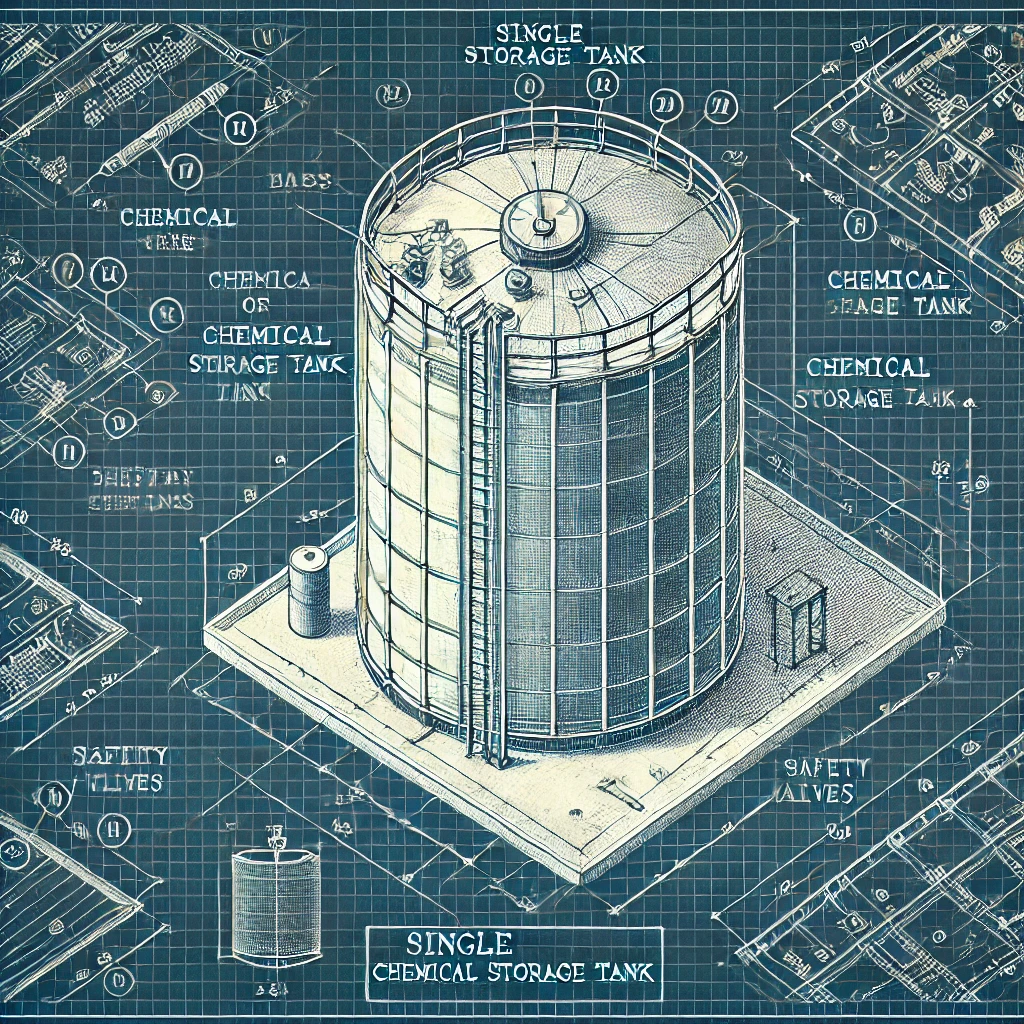Solutions for Storage Tanks and Secondary Containment Areas
In the world of industrial operations, the management and safety of storage tanks and secondary containment areas are critical to maintaining regulatory compliance and ensuring environmental protection. With industries ranging from petroleum refining to chemical manufacturing relying heavily on these systems, the need for effective and innovative solutions is paramount. This article delves into the various technologies and practices that are shaping the future of storage tank and containment area management.
The Importance of Robust Storage Solutions
Storage tanks, whether they hold petroleum, chemicals, or water, are essential components of many industrial processes. The integrity of these tanks is crucial not only for the safety of the operations but also for environmental protection. Over time, tanks can suffer from wear and tear, corrosion, and other forms of damage that can lead to leaks or spills. Similarly, secondary containment areas, which are designed to catch and contain spills from tanks or during transfer operations, must also be maintained to prevent contamination of soil or waterways.
Advanced Materials and Coatings
One of the most significant advancements in the protection of storage tanks and secondary containment areas is the development of advanced materials and coatings. These innovative solutions are designed to enhance the longevity and safety of containment systems. For example, epoxy and polyurethane coatings have become popular for their durability and resistance to chemicals. These coatings form a seamless barrier that is not only resistant to physical damage but also prevents the permeation of contaminants.
Leak Detection Systems
Modern technology has introduced sophisticated leak detection systems that can alert facility managers to the smallest of leaks, often before they become a significant problem. These systems use sensors that can detect hydrocarbons, chemicals, or other substances in the ground or water around a tank. By providing early detection, these technologies allow for immediate action, minimizing environmental impact and the cost of clean-up operations.
Automation and Monitoring
Automation plays a crucial role in the management of storage tanks and secondary containment areas. Automated gauging systems can precisely measure the contents of a tank, helping to prevent overfilling—a common cause of spills. Furthermore, remote monitoring systems enable operators to oversee tank conditions from a central location, enhancing the ability to respond quickly to any issues that might arise.
Secondary Containment Solutions
When it comes to secondary containment, flexibility and adaptability are key. Geomembranes, for instance, are widely used due to their impermeability and resistance to a range of chemicals. These liners can be fitted around any tank configuration, providing a reliable secondary barrier. In addition, newer materials like geosynthetic clay liners (GCLs) are being used for their enhanced sealing capabilities, particularly in environments where groundwater protection is critical.
Best Practices for Maintenance and Inspection
Regular maintenance and inspection are fundamental to the longevity and effectiveness of storage tanks and secondary containment systems. Industry standards and regulations typically outline specific requirements for periodic inspections and maintenance routines. Non-destructive testing techniques, such as ultrasonic testing, can assess the thickness of tank walls and identify areas of potential weakness without compromising the structure of the tank.
Regulatory Compliance and Environmental Stewardship
Compliance with local, state, and federal regulations is a must for any facility that operates storage tanks and secondary containment areas. These regulations are designed not only to protect the environment but also to safeguard communities from the hazards associated with spills and leaks. Beyond compliance, there is an increasing emphasis on corporate responsibility and environmental stewardship, pushing companies to adopt more sustainable and safer practices in their operations.
Case Studies: Success Stories in Innovation
Several companies have successfully implemented these technologies and practices with remarkable results. For instance, a petroleum processing plant in Texas upgraded its containment systems with advanced polymer coatings and installed state-of-the-art sensors for leak detection. Since the upgrade, the facility has reported a significant reduction in maintenance costs and environmental incidents.
Another example is a chemical manufacturing company that adopted a comprehensive remote monitoring system for its storage areas. This system provides real-time data on tank levels, temperatures, and potential breaches in containment. The proactive management approach enabled by this technology has enhanced the company’s ability to respond swiftly to any anomalies, thereby reducing the risk of spills.
Conclusion
The management of storage tanks and secondary containment areas is a complex but crucial aspect of industrial operations. Through the adoption of advanced materials, innovative technologies, and stringent practices, companies can significantly enhance the safety and efficiency of their operations. As industries continue to evolve, the ongoing development of better solutions will remain essential in meeting the dual challenges of regulatory compliance and environmental protection. This commitment to innovation and safety is not only good business practice but also a cornerstone of modern environmental stewardship.


